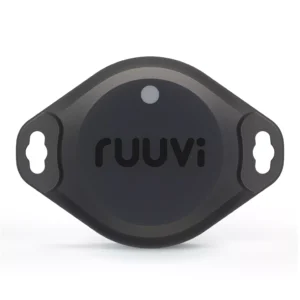



Facilities management software
Integration of motor pump monitoring in facilities management software using Bluetooth asset tracking devices offers numerous benefits to facility management, its integration also presents some challenges. Here are a few common challenges that organisations may face when integrating RTLS solutions in facility management software:
Real time asset tracking for motor pump monitoring involves Bluetooth asset tracking devices, platforms, and protocols from different manufacturers. Ensuring interoperability and seamless communication between these various components can be complex. Integration challenges may arise due to incompatible technologies, data formats, or communication protocols, requiring additional effort to establish a unified RTLS solution and facilities management software platform.
Facilities typically comprise numerous devices and systems that need to be connected to a massive network. As the scale of the deployment increases, managing and scaling the IoT infrastructure becomes more challenging. Organisations must consider factors such as network bandwidth, data storage, and computational power to accommodate the growing number of connected devices effectively. A secure mesh network will ensure all devices are on a common communication network.
Bluetooth Asset Tracking Devices
IoT devices can be vulnerable to cybersecurity threats. Each connected device becomes a potential entry point for hackers, posing risks to critical systems and data. Ensuring the security of Bluetooth Low Energy RTLS devices, implementing robust authentication and encryption mechanisms, and regularly updating firmware to address vulnerabilities are crucial steps in safeguarding the facility’s infrastructure.
IoT solutions generate vast amounts of data from sensors, devices, and systems. Handling and analyzing this data in real-time can be overwhelming. Organizations need to establish effective data management strategies, including data collection, storage, processing, and analysis, to extract meaningful insights that can drive informed decision-making. for example, Indoor positioning analytics can help the maintenance team understand movement matrices of the technical workforce
Many of the facilities in factories and warehouses often have legacy systems and equipment already in place. Integrating IoT solutions with these existing systems can be challenging, especially when they lack standardized communication interfaces. Retrofitting or upgrading legacy systems to support IoT integration may be necessary, requiring careful planning and investment while deploying Indoor location tracking solutions.
Motor pump monitoring with facilities management software
IoT devices, like any electronic equipment, are subject to failures, connectivity issues, and software glitches. Ensuring the reliability and availability of IoT systems is essential to prevent disruptions in facility operations. Low-powered Bluetooth beacons with LoRaWAN functionality gives up to 10 years of battery life, hence easing the need for regular maintenance, firmware updates, and monitoring of device health are critical to minimize downtime and maintain system performance.
Implementing IoT in facility management requires upfront investment in hardware, software, infrastructure, and personnel training. Organizations need to carefully assess the costs and evaluate the potential return on investment (ROI) in terms of operational efficiency, cost savings, and improved facility performance, selection of a vendor with onsite implementation expertise.
Addressing these challenges requires careful planning, collaboration between IT and facility management software, the operating teams, and engaging with experienced RTLS solution providers who can guide organizations through the integration process. By proactively addressing these challenges, organizations can successfully leverage IoT solutions to optimise RTLS with facility management software.

